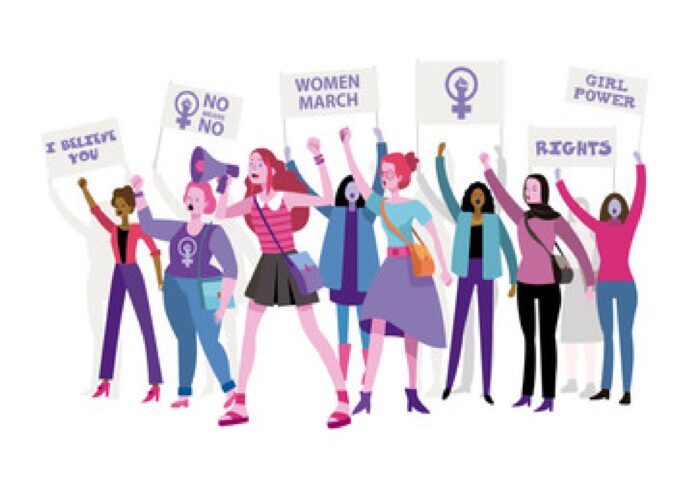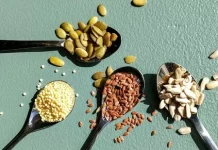A movement in human history that changed the face of the earth. Feminism; a movement that altered the fates of more than millions of female, male, trans and non-binary individuals all around the globe. Women, at large, were held back from major societal roles and decent lives on the pretext that they had a womb and bled monthly. The simple invention that leads to mitigation of UTIs, dermatitis, many other diseases, and relieved women of the indignity, embarrassment and hindrance in daily life caused due by leakage stains and the general taboo around periods.
Sanitary products for menstrual periods have been one of the main pillars in the movement of women’s liberation. Sanitary pads have become the most widely used sanitary product preserving the conservative instincts regarding the insertion of foreign products in the vagina.
The not-so-rare dogma regarding menses is still quite common, not only in rural but urban areas in our country and many other third world countries. Myths like- ‘menstruating women contaminate the food they come in contact with’, ‘should avoid activities like exercise and sex when you’re on your period’ and ‘menstruating women cannot enter holy places’, portray the scenario concerning menses in our country well. This prompts us to analyze the history and developments of sanitary products.
The invention of pads and the developments that followed it have empowered countless women who chose to use them. Before the invention of sanitary pads, women used materials like rags, old cotton cloths, wool, wood husk, and even ash to absorb period blood. These materials were held with the help of a belt around the waist. There is no doubt that such materials caused immense discomfort and irritation, but more importantly, these unsterile products largely contributed to urinary and reproductive tract infections, cervical cancer and hepatitis B. Lack of facilities for menstrual hygiene forced thousands of girls to drop out of school in parts of our country.
In 1889 when manufactured pads first arrived in India through the American they’re using was restricted by the upper and the upper-middle class of the society and hence it doesn’t go unnoticed that these products were and still are a luxury to most. It was just a product born out of a century of innovative and aggressive advertising.
A wide array of brands such as Whisper, Sofy, Stayfree, and Nua, capture most buyers in India with their sterile, aromatic, and super comfortable products. These products are made by layers of bleached rayon (cellulose made from wood pulp), cotton, and plastics. Moreover, the addition of wings and adhesive in the design led to enhanced comfort and efficacy. Unfortunately, their high price still curtails sixty-four percent of women in India from their usage.
The development of low-cost sanitary pads with adhesive turned out to be a breakthrough in the history of menstrual products. Arunachalam Muruganantham, the pad man of India invented machines that brought the price per pad down to two rupees only. However, the estimated daily wage of one hundred and forty-three rupees for the working class, overlooking the wage gap by twenty-two percent, makes it challenging to purchase these pads even at this price.
The disposable sanitary pads adversely affect the environment as they contain large amounts of plastic. The development of eco-friendly pads made out of banana leaves, corn starch, and bamboo fibers has given a new turn to the journey of sanitary pads. Furthermore, the development of reusable products such as menstrual cups, washable pads, and period underwear has resulted in a considerable reduction in pollution caused by the disposal of used sanitary products. However, they still remain too expensive for most.
A popular choice amongst menstrual products is that of tampons. Although globally used, tampons are yet to find their way in the mainstream Indian markets. They are held back by their high cost and the taboo around inserting foreign objects into our bodies. Despite that, they are one of the safest products to use. They too pollute the environment with their plastic contents.
Despite their simple design, sanitary pads have turned out to be a revolutionary invention. We cannot deny that a perfect solution for the intricate problem of menstrual hygiene in third world countries still remains absent. There are many innovators, researchers, and social workers dedicated to providing menstruating people a better and more affordable product. Hopefully, a product that serves as an alternative to both costly and non-biodegradable products is probably somewhere in the making.










